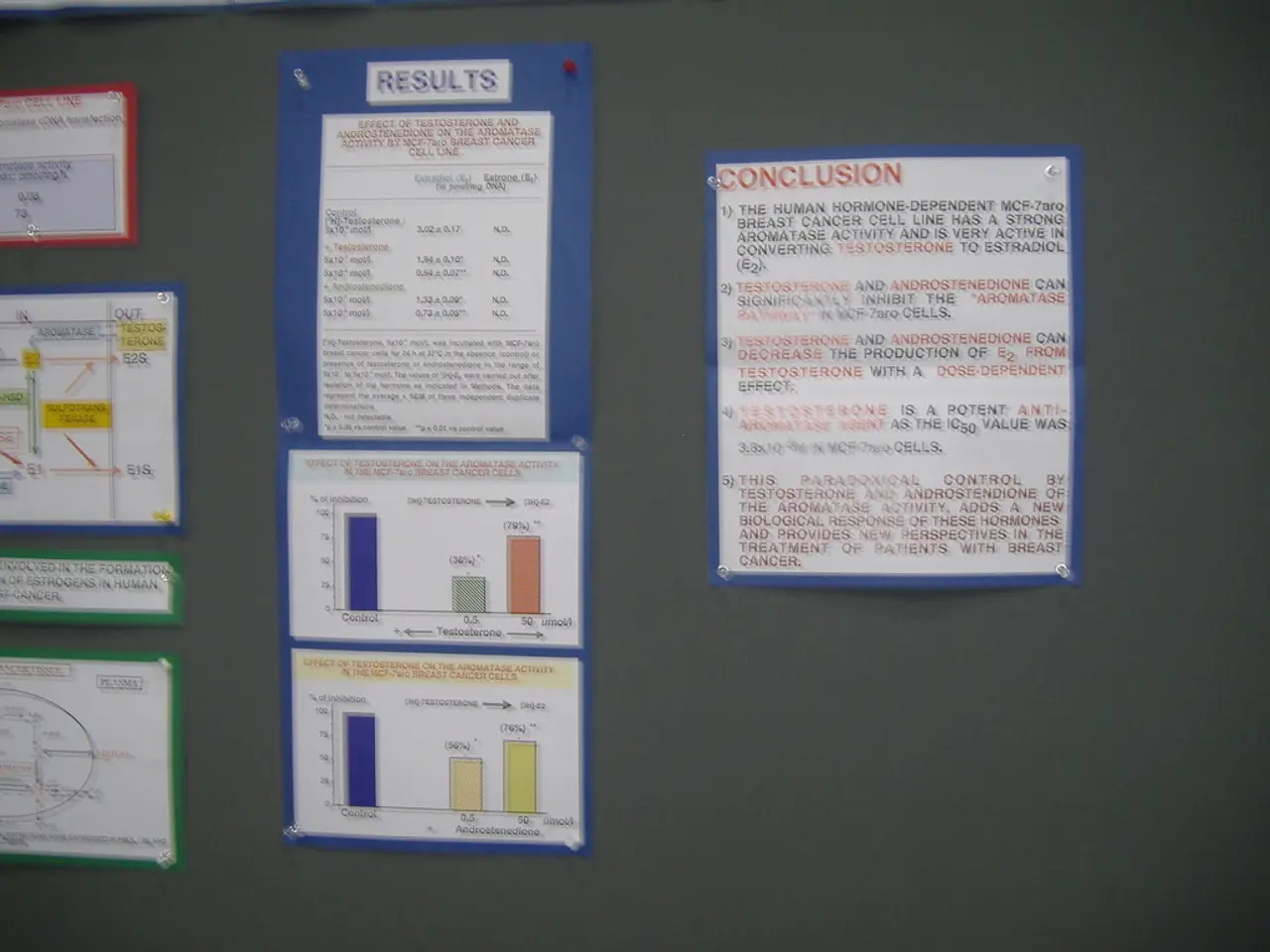Understanding Memory and the Potential for Alteration: An Insight into Its Functions and Modification Strategies
In a groundbreaking study, the University of Basel has revealed that memories are stored as multiple parallel "copies" within the brain, highlighting the malleable and dynamic nature of human memory. This research underscores the potential for enhancing memory retention and altering distressing memories.
The brain's hippocampus, a region vital for learning and memory, contains at least three distinct memory copies for each experience. Early-born neurons generate weak memory copies that strengthen over time, becoming more accessible for retrieval, while intermediate neurons offer a more stable memory copy, balancing strength and longevity. Conversely, late-born neurons create strong initial memory traces that fade quickly, making them less accessible as time passes.
Memory reconsolidation techniques are often used in therapeutic settings to help individuals with PTSD alter their emotional responses to traumatic memories. Recalling a memory in a safe and calm environment can allow for memory reconsolidation, making it temporarily unstable and open for alterations. Creating new, positive associations with a memory can help shift its emotional response, making it less distressing over time. Visualizing a positive outcome related to a memory, engaging in activities that evoke positive feelings, and writing a new narrative that incorporates these positive elements can help create new associations.
Cognitive and Behavioral Training (CBT) can be effective for altering distressing memories by helping individuals change their thought patterns and behaviors. By carefully manipulating the dynamic state of memory through reactivation and leveraging neuroplastic mechanisms—augmented by cognitive training and possibly exercise—it is possible to enhance memory retention and therapeutically change distressing memories.
Keeping a journal focused on positive experiences can help reinforce good memories and diminish the impact of negative ones. Writing down positive memories and experiences regularly, including details about how they made you feel and what you learned, can help create a more balanced view of the past. Understanding memory dynamics can help optimize learning processes through repetition and practice, as well as the use of associational cues. Recalling a memory shortly after its formation can allow for integration of new information, effectively updating the memory.
In conclusion, the University of Basel's research on memory dynamics underscores the potential for enhancing memory retention and altering distressing memories. Effective approaches often involve leveraging memory reconsolidation, cognitive training, physical exercise, and journaling. These strategies reflect a growing understanding from institutions like the University of Basel on memory dynamics and brain plasticity.
Utilizing the findings from the University of Basel's research, health-and-wellness and mental-health practices can now incorporate science-based therapies-and-treatments to enhance memory retention. For instance, memory reconsolidation techniques, Cognitive and Behavioral Training (CBT), and journaling focused on positive experiences, all hold potential for altering distressing memories, empowering individuals to cope effectively with traumatic memories.




